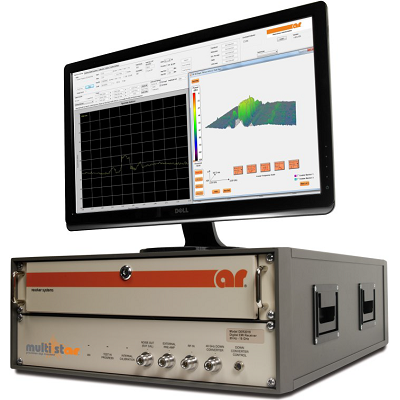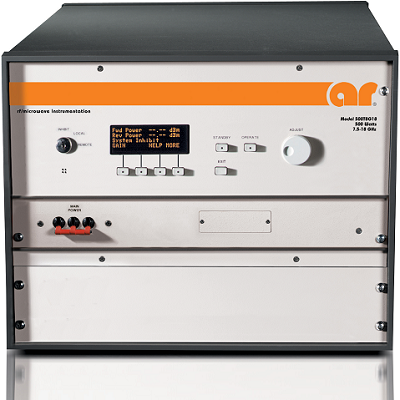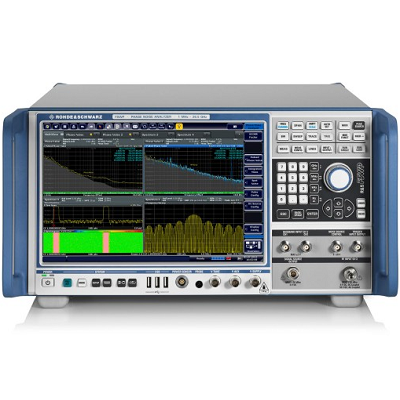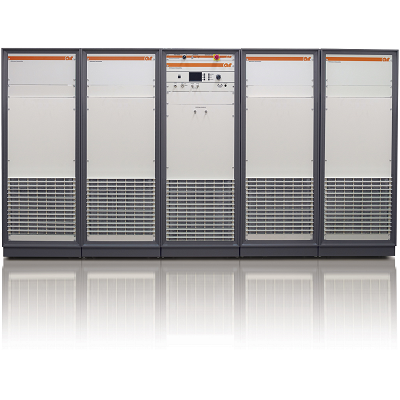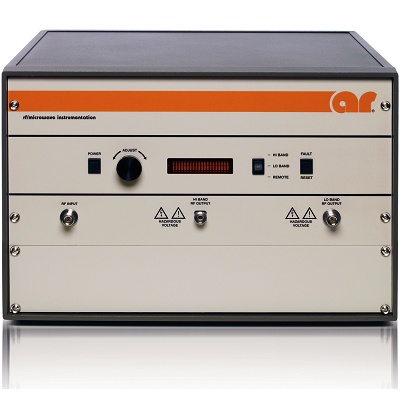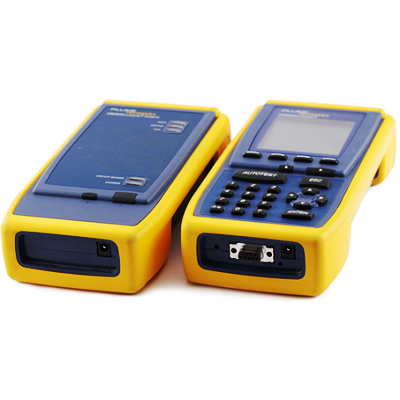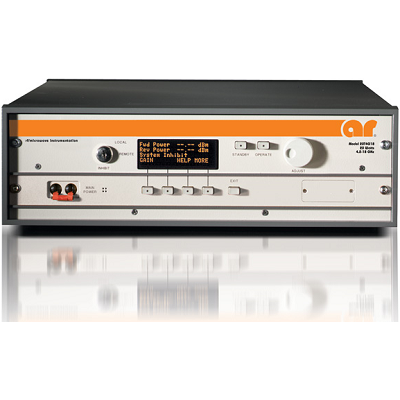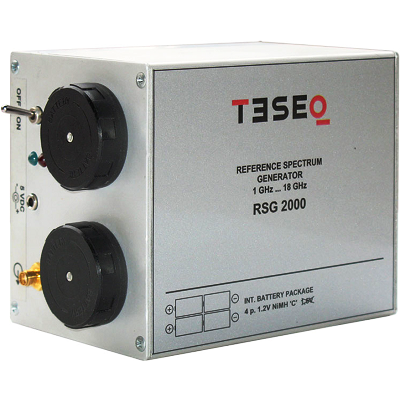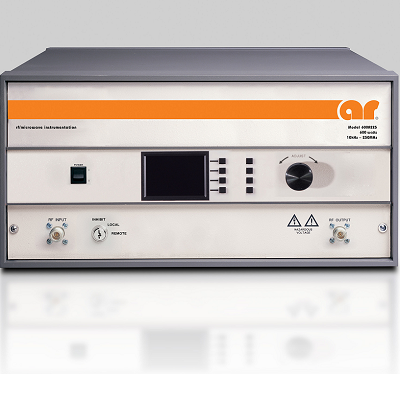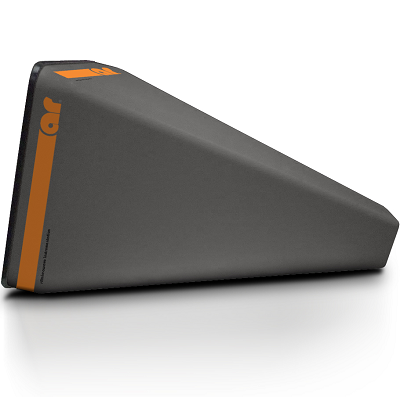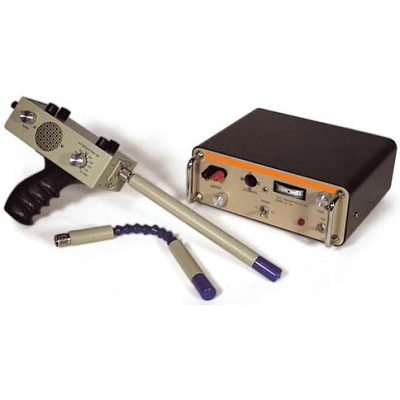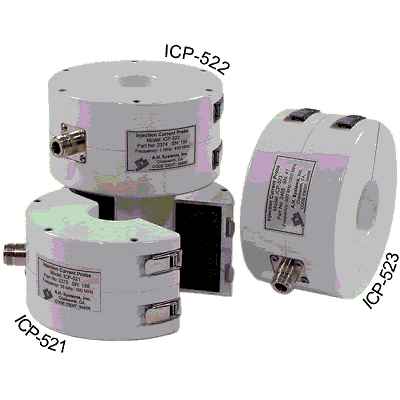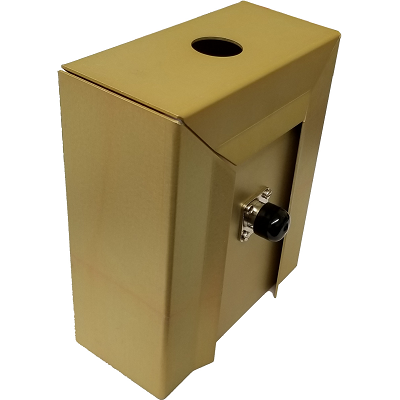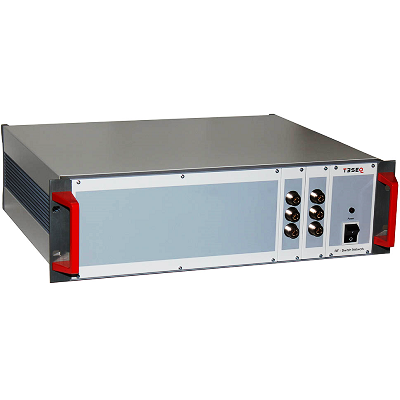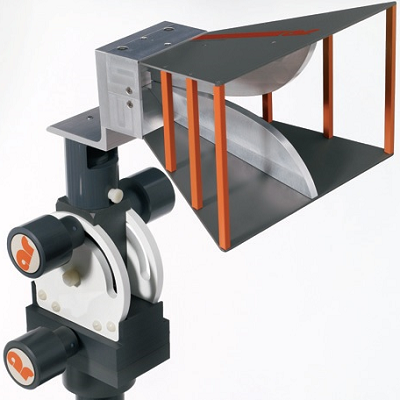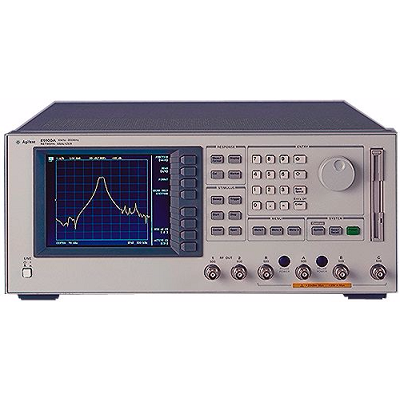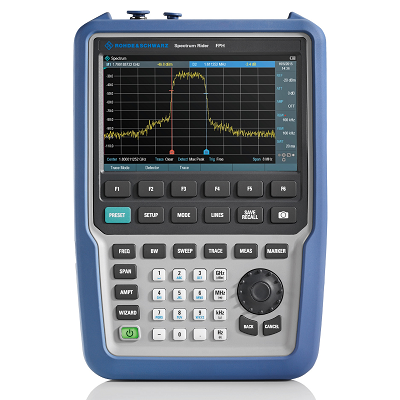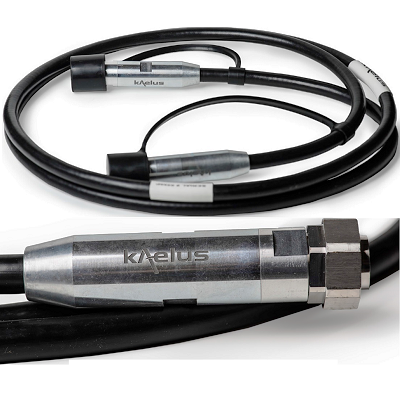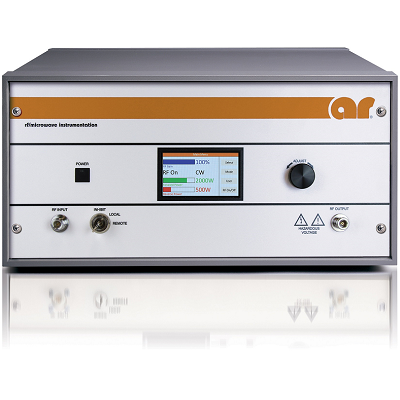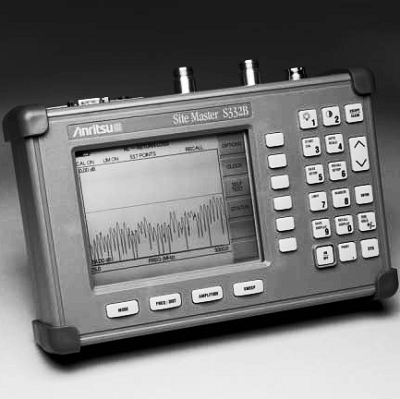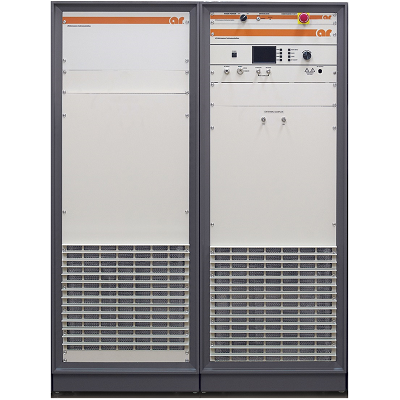Amplifier Research DER2018 Digital EMI Receiver 20 Hz – 18 GHz
Description
Amplifier Research DER2018 is a state-of-the-art DSP-based emissions receiver with an integrated computer capable of reducing your valuable test time from days to minutes. It is extremely easy to operate with all functions menu driven and displayed on a supplied 23″ widescreen monitor.
This digital receiver offers continuous coverage from 20 Hz to 18 GHz with an instantaneous bandwidth of 140 MHz. Peak, Quasi-peak, Average, and RMS-Average detections are processed simultaneously up to 8,192 frequency points and interpolated with a proprietary algorithm to allow scans in seconds, catch short duration transient disturbances, and identify emissions using a fast time-base 3-D display. This receiver combines state-of-the-art sensitivity, dynamic range, accuracy and convenience of operation. It complies with CISPR-16-1-1 edition 3.0 2010-01.
The Multistar Precision DSP Receiver system includes a built-in computer and interfaces with standard data storage, high resolution video devices and features a removable hard drive. A 23″ widescreen monitor, keyboard and mouse are included.
Features
Emission Testing Solutions to the following standards:
- MIL-STD-461D, E & F
- DO160D, E & F
- CISPR 11/EN 55011
- CISPR 22/EN 55022
- CISPR 14/EN 55014
- FCC Part 15
- 140 MHz-wide, pre-selected, instantaneous bandwidth*
PEAK, QUASI-PEAK, AVERAGE, and RMS-AVERAGE detections are processed simultaneously at 8,192 frequency points and interpolated using a proprietary algorithm. These features enable the user to:
- Display and record detector results as continuous spectra with 1 Hz resolution
- Scan 4 GHz every second with the PEAK detector, i.e. covering 1 – 18 GHz in 4.25 seconds
- Sweep 9 kHz – 30 MHz (bands A & B) in 2 seconds with all CISPR detectors
- Process 30 – 1000 MHz (bands C & D) in 7 seconds with all CISPR detectors
- Reduce multi-day tasks to minutes
- Catch short-duration transient disturbances
- Identify emissions using fast time-base 3-D display
Easy to use – all functions are menu driven.
Internal wide band calibration source expedites periodic checking and re-calibration of the receiver’s amplitude response.
Capability for user to set up, and save for future use, all of the needed test parameters including limit lines, start/stop frequencies, IF bandwidth, samples per bandwidth, dwell time at each frequency, input port selection vs. test frequency, transducer correction table, input attenuation, units to be used for the displayed level units, and more.
*140MHz instantaneous bandwidth is available in bands C, D and E with -6dB resolution bandwidth ≥ 50 kHz. The entire bands A and B are covered instantaneously with -6dB bandwidths at least 100Hz and 9 kHz respectively. With narrower resolution bandwidth settings, the instantaneous bandwidth is proportionally reduced.
Specifications
All references to CISPR specification are to CISPR-16-1-1 edition 3.0 2010-01
All references to MIL-STD specification are to MIL-STD-461 D, E & F
Definitions: ADNL = Average displayed noise level, PDNL = Peak displayed noise level
|
PARAMETER |
SPECIFICATION |
|
FREQUENCY RANGE |
|
|
DER2018 Base System |
20 Hz–18 GHz |
|
With CFE1840 antenna mountable down-converter. 20 Hz–40 GHz (See CFE1840 spec sheet) |
|
|
MODES OF OPERATION: Spectrum Analyzer Modes |
|
|
Free running |
|
|
Single sweep |
|
|
Video, software and external trigger |
|
|
MODES OF OPERATION: Time Domain Analyzer Modes |
|
|
Single Frequency |
|
|
Single instantaneous sub-band |
|
|
Free running |
|
|
Single shot |
|
|
Video, software and external trigger |
|
|
FREQUENCY RESOLUTION (Display & Markers) |
1 Hz |
|
DIGITALLY PROCESSED IF FILTERS |
GAUSSIAN-SHAPED, -6dB or -3dB Bandwidths selectable |
|
20 Hz–30 MHz |
Any bandwidth in the range 10 Hz -350 kHz |
|
30 MHz–18 GHz |
Any bandwidth in the range 50 Hz -1.7 MHz |
|
18 GHz–40 GHz (with CFE1840 down-converter) |
Any bandwidth in the range 50 Hz -1.7 MHz |
|
LEVEL MEASUREMENT UNCERTAINTY |
±1.0 dB (95% uncertainty interval) |
|
STABILITY OF INTERNAL FREQUENCY STANDARD |
|
|
Initial setting |
±0.2 ppm |
|
Over operating temperature range |
±0.4 ppm |
|
First year |
±0.5 ppm |
|
First ten years |
±2.0 ppm |
SENSITIVITY & DYNAMIC RANGE (0dB input attenuation, -6dB resolution bandwidths, Preamp OFF)
|
Frequency Range (MHz) |
Resolution Bandwidth (kHz) |
ADNL (dBm) (typical) |
PDNL (dBm) (max., incl. spurious) |
Typical Overload Range (dBm) |
|
30 Hz–1 kHz |
0.01 |
-110 |
-92 |
-1 to +2 |
|
10 kHz–30 MHz |
0.01 |
-140 |
-92 |
-1 to +2 |
|
1 kHz–10 kHz |
0.1 |
Linear slope: -90 @ 1kHz -125 @ 10kHz |
Linear slope: -85 @ 1kHz -115 @ 10kHz |
-1 to +2 |
|
9 kHz–150 kHz |
0.2 |
-129 |
-100 |
-1 to +2 |
|
10 kHz–150 kHz |
1 |
-122 |
-100 |
-1 to +2 |
|
150 kHz–30 MHz |
9 or 10 |
-112 |
-92 |
-1 to +2 |
|
30–300 MHz |
100 or 120 |
-100 |
-82 |
-1 to +8 |
|
300-1000 MHz |
100 or 120 |
-100 |
-82 |
-7 to +2 |
|
1-6 GHz |
1,000 |
-97 |
-78 |
-8 to +2 |
|
6-18 GHz |
1,000 |
-90 |
-69 |
-4 to +9 |
SENSITIVITY & DYNAMIC RANGE (0dB input attenuation, -6dB resolution bandwidths, Preamp ON)
|
Frequency Range (MHz) |
Resolution Bandwidth (kHz) |
ADNL (dBm) (typical) |
PDNL (dBm) (max., incl. spurious) |
Typical Overload Range (dBm) |
|
30–300 MHz |
100 or 120 |
-118 |
-104 |
-30 to -21 |
|
300-1000 MHz |
100 or 120 |
-118 |
-100 |
-38 to -30 |
|
1-6 GHz |
1,000 |
-118 |
-98 |
-37 to -27 |
|
6-18 GHz |
1,000 |
-118 |
-93 |
-37 to -16 |
|
1dB COMPRESSION POINT |
Above overload level |
|
THIRD ORDER INTERCEPT POINT |
|
|
(0 dB input attenuation, CW signals) |
Typically 10dB above overload level |
|
DETECTORS AVAILABLE IN BOTH SPECTRUM ANALYZER AND RECEIVER MODES |
|
|
PK, MIL-STD Peak hold |
|
|
PK, CISPR Peak hold |
|
|
QP, AVG, RMS-AVG, CISPR weighting and filtering. All detectors displayed simultaneously. |
|
|
DETECTORS ADDITIONALLY AVAILABLE IN TIME DOMAIN ANALYZER MODES |
|
|
AM |
|
|
PRESELECTION |
|
|
Bands A, B |
20 Hz – < 30 MHz |
|
Band C #1 |
30 MHz – < 160 MHz |
|
Band C #2 |
160 MHz – < 300 MHz |
|
Band D #1 |
300 MHz – < 440 MHz |
|
Band D #2 |
440 MHz – < 580 MHz |
|
Band D #3 |
580 MHz – < 720 MHz |
|
Band D #4 |
720 MHz – < 860 MHz |
|
Band D #5 |
860 MHz – < 1000 MHz |
|
Band E #1 |
1 GHz – < 6 GHz |
|
Band E #2 |
6 GHz – 18 GHz |
|
Band K (with CFE1840 Down-converter) |
18 GHz – < 26.5 GHz |
|
Band Ka (with CFE1840 Down-converter) |
26.5 GHz – 40 GHz |
|
IMAGE REJECTION (0 dB input attenuation) |
> 95 dB, CISPR limit > 40 dB (par 4.5.3) |
|
IF REJECTION (0 dB input attenuation) |
> 95 dB, CISPR limit > 40 dB (par 4.5.2) |
|
RF INPUTS (Selectable, 50 Ohm, unbalanced, front panel) |
|
|
Regular RF input |
|
|
Remote LN1G18 Pre-amp input with DC Bias |
|
|
CFE1840 Down-converter input |
|
|
MAX DC VOLTAGE AT ANY RF INPUT |
0 VDC maximum |
